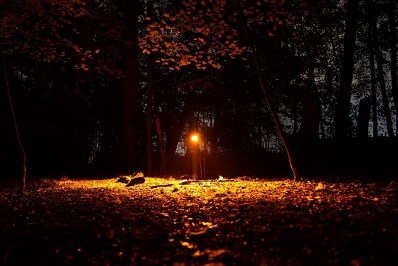The Natural Sounds and Night Skies Division (NSNSD) strives to be a leader in the scientific advancement of our understanding and management of the acoustic and photic environments. We partner with scientific institutions to harness our collective resources, knowledge, skills, and commitment so we can better understand, manage, and work towards finding and implementing solutions to our conservation challenges. Some of these institutions and the projects we are collaborating on are highlighted below. By advancing scientific research in the field of light pollution and its impacts on the human environment and natural world, we can better protect our natural night skies for present and future generations and for the nocturnal environment.





Key Findings (Take aways) of this project:
- Participation in Night Sky Recreation:
- A significant proportion (61.8%) of evening visitors participated in night sky recreation activities during their visit.
- Night sky recreationists tend to take longer overnight trips compared to other outdoor recreationists.
- Support for Dark Sky Management:
- There was strong support among visitors for dark sky-related management actions. Between 85-90% of all respondents supported six out of seven proposed management actions. The last action still garnered 74% of support with an additional 17% neither opposed nor supportive of the actions .
- Night sky dependent recreationists showed greater support for specific actions, such as minimizing artificial light brightness, compared to other recreationists.
- Spending Profiles:
- Night sky recreationists did not exhibit significantly different spending patterns compared to other evening recreationists.
- The activities involved in night sky recreation often incur minimal costs, reflecting similar spending behaviors across all types of recreationists.

For more information on NSNSD Research, please visit the NSNSD Google Scholar page.
To learn more about the body of research into the effects of artificial light on humans and wildlife, see NSNSD’s Annual Synthesis of Studies on the Effects of Light : a systematic, comprehensive up-to-date query of the scientific literature. To date, more than 600 peer-reviewed studies on the effects of artificial light at night (ALAN) have been published. The synthesis summarizes the science and highlights suggested readings from the most current publications.
To learn more about other partnership collaborative work NSNSD is involved in, please visit our Partnerships page.
Last updated: March 31, 2025
